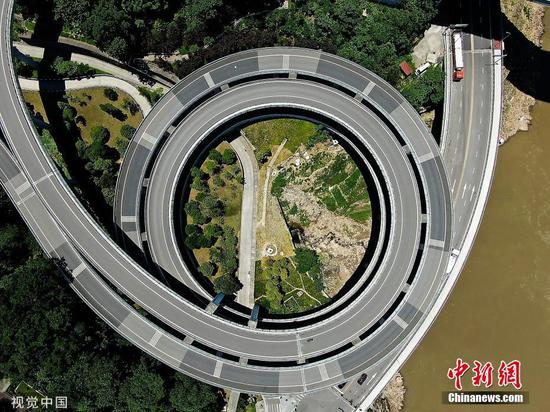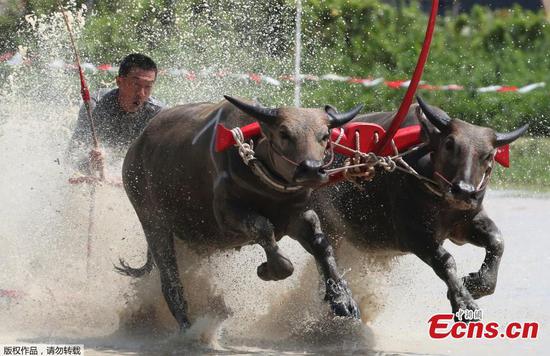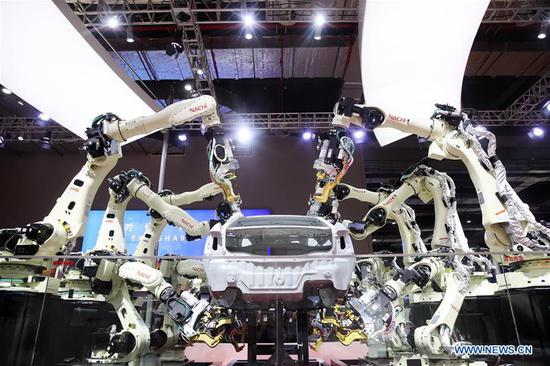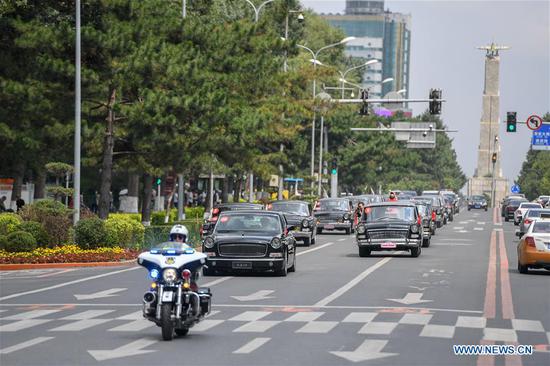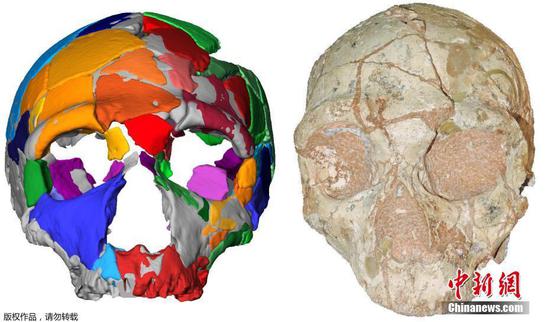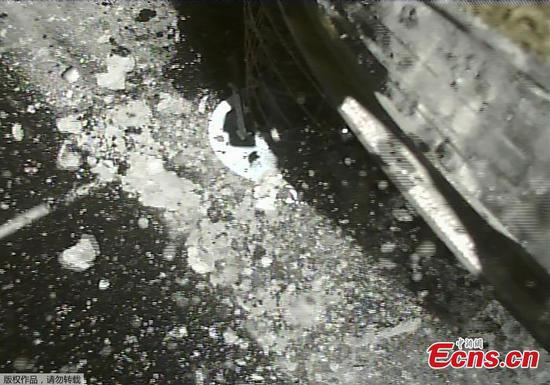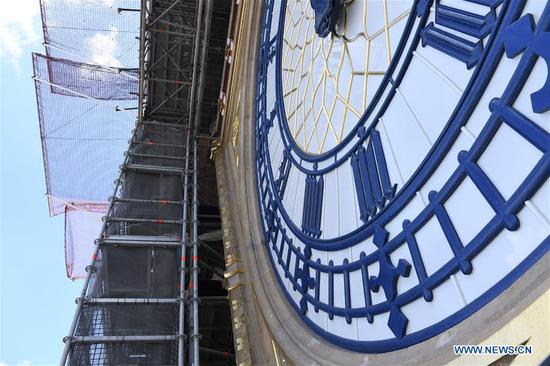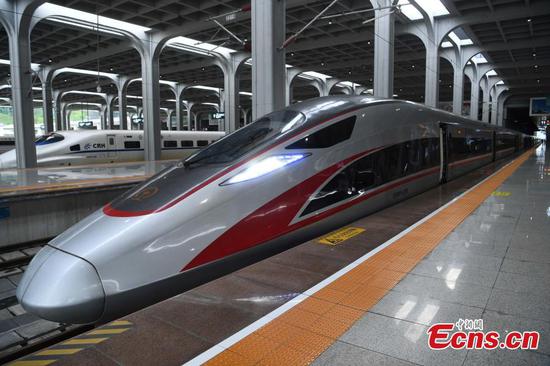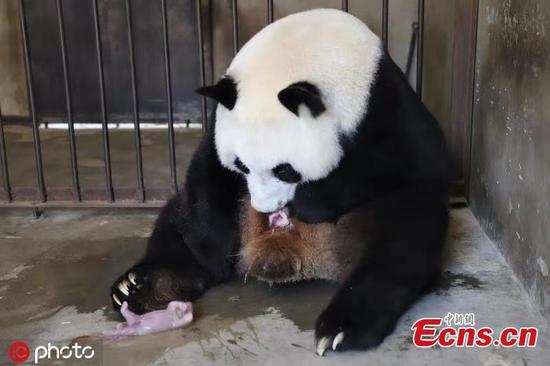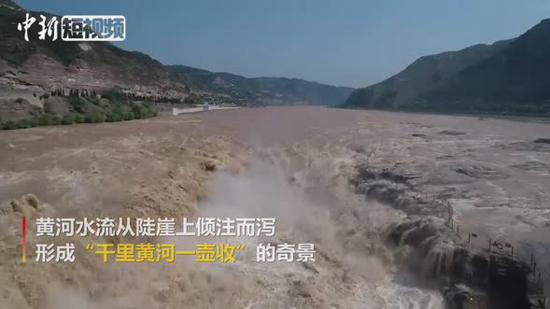Country still has room to render policy support for economic growth, World Bank official says
China's GDP growth slowed to 6.2 percent year-on-year in the second quarter, its slowest pace in the 27 years since quarterly record keeping began. But analysts said the brisk retail sales growth and stable employment, together with possible support measures to be rolled out in the second half, will help bolster full-year growth.
Growth in the April-June period was 0.2 percentage point lower than the first quarter. GDP growth came in at 6.3 percent in the first half, the National Bureau of Statistics said on Monday.
Retail sales rose by a higher-than-expected 9.8 percent year-on-year in June, the fastest since March 2018, and increased by 8.4 percent year-on-year in the first half, compared with 8.3 percent in the first quarter.
Industrial output rose by 6.3 percent year-on-year in June, beating general market expectations, compared with 5 percent in the previous month, the NBS said. But in the first half, industrial output growth dropped to 6 percent, down from 6.5 percent in the first quarter.
Fixed-asset investment growth was 5.8 percent in the first six months, compared with 6.3 percent in the first quarter, the NBS said.
Mao Shengyong, a spokesman for the NBS, said that "growth remained on track despite increasing external uncertainties and new downward growth pressure".
"The 6.3 percent growth in the first half is in line with our expectations and our full-year forecast of 6.2 percent growth," said World Bank Country Director for China Martin Raiser. In fact the data suggest "some stabilization of domestic demand, which is welcome", Raiser added.
"The growth rate in the first half is within a reasonable range," said Liang Haiming, dean of the Hainan University Belt and Road Research Institute. "It's not a very poor reading."
Yan Se, an economist at Peking University's Guanghua School of Management, warned that downward pressure remains heavy, and he cited uncertainties arising from the Sino-US trade dispute, significant local government debt weighing on investment and a lackluster property sector.
"We think that in the third quarter, growth could continue to dip to about 6.1 percent," he said.
Yan added that the central government will likely further resolve local government debt risks, increase infrastructure investment and resort to monetary expansion to stimulate growth. "Those efforts will help the Chinese economy bottom out in the fourth quarter," he said.
Liang expected authorities will lower banks' reserve requirement ratio by 100 basis points in the second half as part of growth-stabilizing measures. "If growth further weakens, interest rate cuts would not be ruled out," said Liang, who is also chairman of the China Silk Road iValley Research Institute.
Raiser said that China still has some room to render more policy support if the situation continues to deteriorate, although "at this stage, this seems unwarranted".
Apart from short-term fiscal and monetary policy reactions, China needs to carry out structural reforms to boost productivity growth by further reducing distortions such as those in the allocation of land and capital. Promoting competition and opening-up to encourage greater diffusion of technologies, and stimulating discovery through investment in R&D, including basic research, is also necessary, he said.










